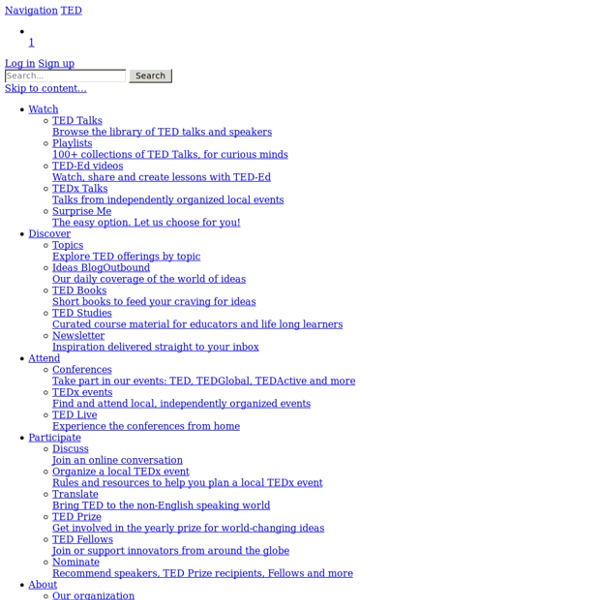



Minds and Models Minds and Models: Types of encoding - Baddeley (1966) Semantic processing in LTM; acoustic in STM One of the most basic distinctions between long-term and short-term memory is that they process information in different ways. What is the evidence? One of the best studies was done by Baddeley (1966), who went on to create the working memory model a few years later. Participants were given lists of words with similar sounds (e.g. cat, mat...), similar meaning (large, big...) or lists of dissimilar words. Over the short term, there were many errors with similar sounding (acoustically similar) words, but in the long-term, mistakes were made for material with a similar meaning (semantically similar). Baddeley concluded that the STM uses acoustic processing, and LTM uses semantic processing. Reference Baddeley, A.D. (1966).
Minds and Models: Jacobs (1887) An early study of STM capacity Even people who haven't studied Psychology can probably tell you about the 'magical number' 7 (plus or minus two) - the supposed maximum number of items we can hold in our short-term memories. The best known study is Miller (1956), who tried to investigate the reason for the limit, finding that it was not limited to information load - the rationale being that a short word contains a lot more information than a binary digit (0 or 1) but yet the limit is still in the range of 5-9 items. However the concept was known long before Miller, so it is not strictly accurate to attribute it to him. Miller was the first to talk about 'chunks' of information, but even that concept has largely been superceded by the idea of a time-limit (how many items can be pronounced in just under two seconds), leading Schweickert & Boruff (1986) to wittily question, magic number or magic spell?
Human Memory Capacity is TEN TIMES MORE Than Previously Thought The picture above shows a synapse between an axon (green) and dendrite (yellow). A human brain could hold as much information as the entire internet, a new study finds. Human memory capacity is in the petabyte range, researchers at the Salk Institute have now found. This is ten times larger than was previously thought. Professor Terry Sejnowski, the study’s first author, said: “This is a real bombshell in the field of neuroscience.We discovered the key to unlocking the design principle for how hippocampal neurons function with low energy but high computation power.Our new measurements of the brain’s memory capacity increase conservative estimates by a factor of 10 to at least a petabyte, in the same ballpark as the World Wide Web.” The conclusions come from an analysis of the brain’s synapses. The synapses are junctions where much of our brain’s thinking and processing ‘happens’. The scientists used advance microscopy to image the synapses and they discovered something fascinating.